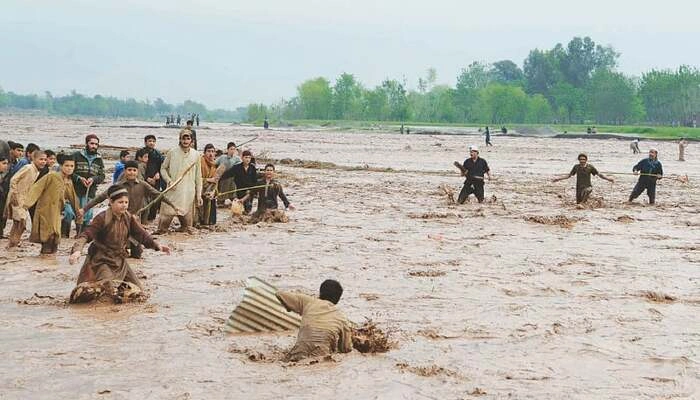The year 2025 brings new climate resolutions for Pakistan to address its intertwined challenges of economic instability and climate vulnerability. By integrating climate resilience into national policies and actions, the country can chart a path toward sustainable development. This year presents a critical moment for demonstrating political will and bridging gaps in climate commitments.
Aligning Policies with Climate Goals
Pakistan’s Nationally Determined Contributions (NDC) and five-year plans must align to ensure cohesive climate action. In 2025, the release of the 13th Economic Development Plan and the third NDC provides an opportunity to realign these frameworks. Past inconsistencies, such as the lack of integration between provincial climate strategies and national targets, have hindered progress. Synchronizing sectoral policies with national plans will foster a unified approach to addressing climate challenges.
The revival of five-year economic planning, dormant since 2013, must incorporate climate priorities. This planning framework should serve as the foundation for both economic growth and climate resilience. By embedding climate targets into these plans, Pakistan can avoid fragmented efforts and set a clear direction for sustainable development.
Embedding Climate Action in Policy Instruments
Developing climate-smart tools and systems is essential for effective implementation. In 2024, Pakistan began climate-proofing public sector investments through tools like the Planning Commission’s PC-1 to PC-V climate-risk screening. This year, implementation must accelerate under the IMF’s guidance.
The finance ministry is advancing budget-tagging to trace climate spending, while the State Bank is refining its taxonomy for a centralized digital registry. These initiatives will improve financial transparency and integration, enabling better coordination of climate investments. Once these tools are operational, the focus must shift to provincial-level planning, where the development-climate nexus is most evident.
Closing the Credibility Gap
The credibility of Pakistan’s climate commitments hinges on realistic targets and effective implementation. The current NDC, while ambitious, suffers from unrealistic assumptions about economic growth, carbon emissions, and offset projects like the 10 Billion Tree Tsunami. Revising these projections based on scientific evidence is crucial to restoring credibility.
Equally important is developing actionable plans with provincial governments. Aligning NDC targets with annual Public Sector Development Programmes (PSDPs) and assigning responsibilities will reduce the implementation gap. For the 2025-2030 plan, Pakistan must raise its standards, ensuring integrity and accountability in climate actions.
Diversifying Financial Resources
Pakistan’s share of international climate finance remains alarmingly low. To address this, the country must implement its climate finance strategy. Applying for direct access to Green Climate and Adaptation Funds, introducing carbon taxes, and incentivizing private-sector investments are critical steps. Establishing emissions registries will enable a domestic carbon trading market, attracting foreign direct investment and public-private partnerships.
Read: Pakistan’s Climate Crisis Demands Urgent Action
Empowering Local Governments
Climate-triggered disasters disproportionately affect local communities. Empowering local governments (LGs) is vital for effective community-level planning and resilience. Strengthening LG institutions can foster inclusive growth by engaging youth, women, and marginalized groups.
Investing in LGs reduces reliance on inefficient top-down planning, which often leads to maladaptation and elite capture. For Pakistan, the primary resolution in 2025 should be to view all development investments as contributions to climate resilience. By doing so, the country can pave the way for a sustainable future while addressing its climate and economic challenges simultaneously.
Follow Day News on Google News, Instagram, YouTube, Facebook, Whats App, and TikTok for latest updates
